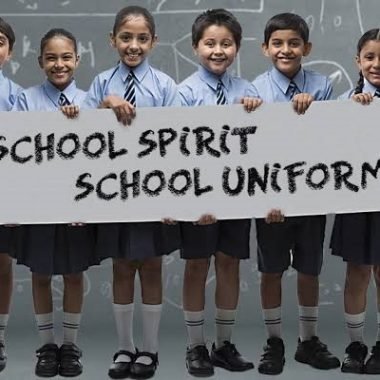School Uniforms and Different Fabrics used in It
In discussing School uniform and activewear clothes with schools everywhere the globe, one in every of the first key topics is fabric; what’s the garment made of and the way can it perform in our climate?
There is a great deal of terribly powerfully control views on this matter, thus we tend to thought it should be of help to line out some basic facts of garment materials as they relate to school uniform and activewear.
Fabrics can be divided into three types;
- Fabrics made up of natural fibres
The most frequently used natural fibres in school uniform and activewear are cotton and wool. These two fibres are very well known for their beautiful soft ‘handle’, to wear very comfortably and they also address a big wish among many parents around the world; they are natural and thus gave the impression to be ‘better’ – and kinder to the ecology of the planet.
- Fabrics made from manmade fibres
The most commonly used manmade fibres used in school uniform and activewear are polyester, viscose and acrylic yarns. All of them share the characteristics of being, compared to natural fibres extraordinarily certain, stable and durable.
The third main manmade fibre used in school uniform and activewear is viscose that is professionally a natural material as a result of it’s made of cellulose fibre recovered from, usually, wood pulp. In its most famous guise, viscose is known as rayon and was developed initially to be an alternative to silk, so providing a very soft handle and, unblended, a slight shine to the fabric. In school uniform, however, it is never used unblended.
- Fabrics made of a mix of the two
Blends of fibres in the manufacture of fabrics are, nowadays, the norm and this is often done to deliver superior performance with wonderful comfort. The most well-liked fabric blends in school uniform and activewear are:
Polycotton: In numerous proportions, this mixture of fibres offers superior sensible performance over cotton alone. The ‘cotton-rich’ blends provide a lot of the characteristics of cotton, of course. This is now the established norm for much school uniform, providing smart comfort for the wearer with good durability and relatively easy washing and ironing.
Polyviscose: This is, in effect, a manmade equivalent of a cotton/silk mix and is used widely in school uniform trousers and skirts. It provides excellent performance and durability with an excellent handle but which is not heavy and hot although the mix and weight of the fibres in the fabric will affect its characteristics.
Acrylic cotton: While pure acrylic yarn is still widely used in school knitwear for its hard wear and excellent value, increasingly an acrylic cotton mix is taking over the market to offer a more comfortable, warm, and yet light garment.







